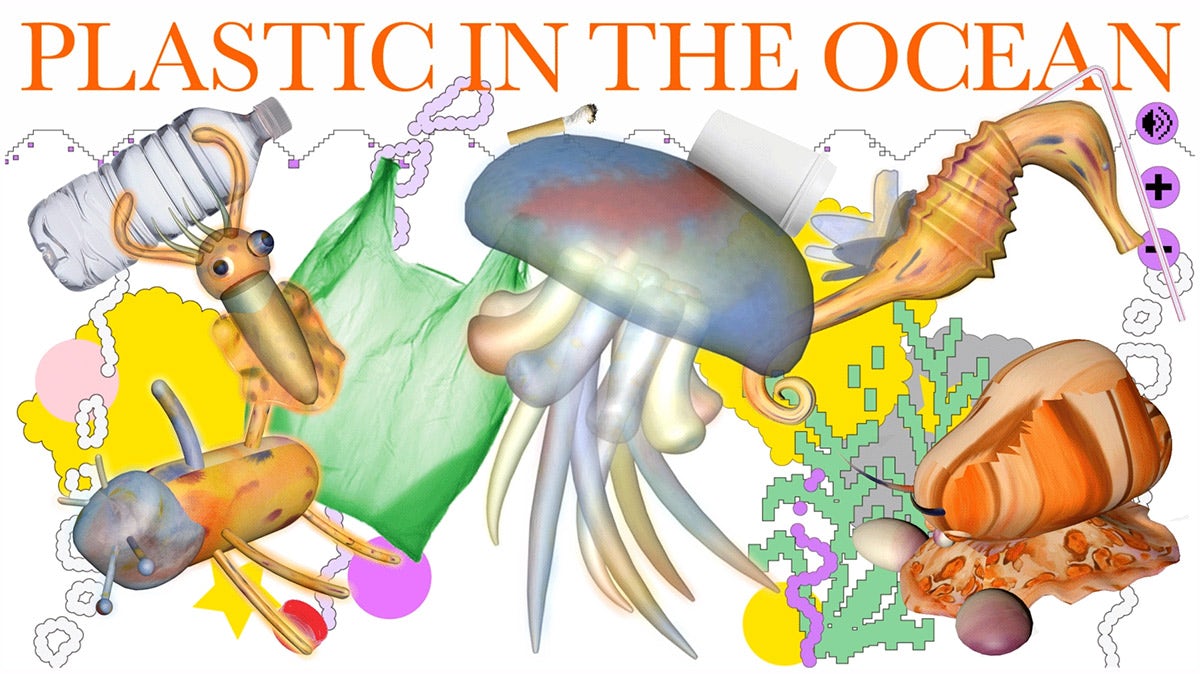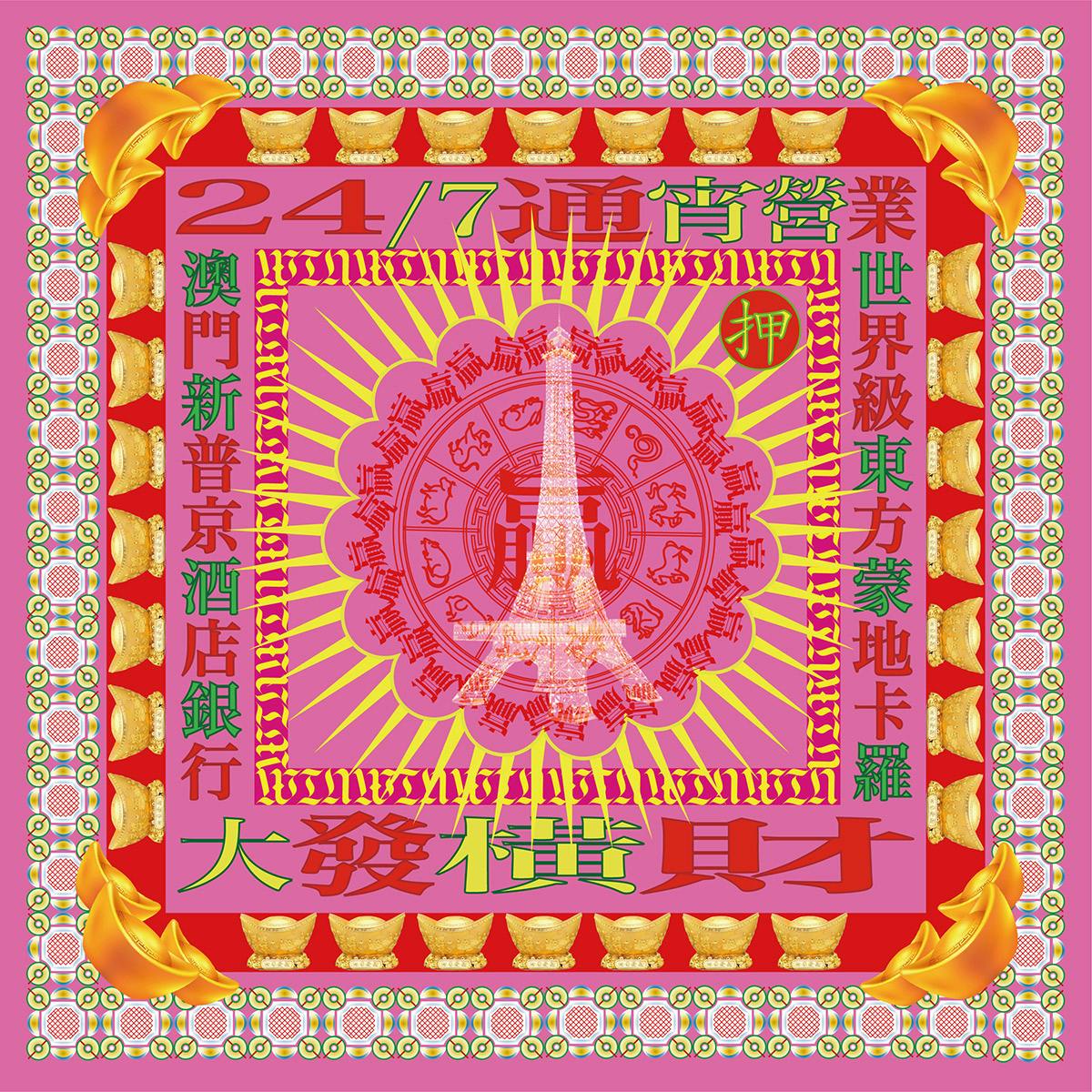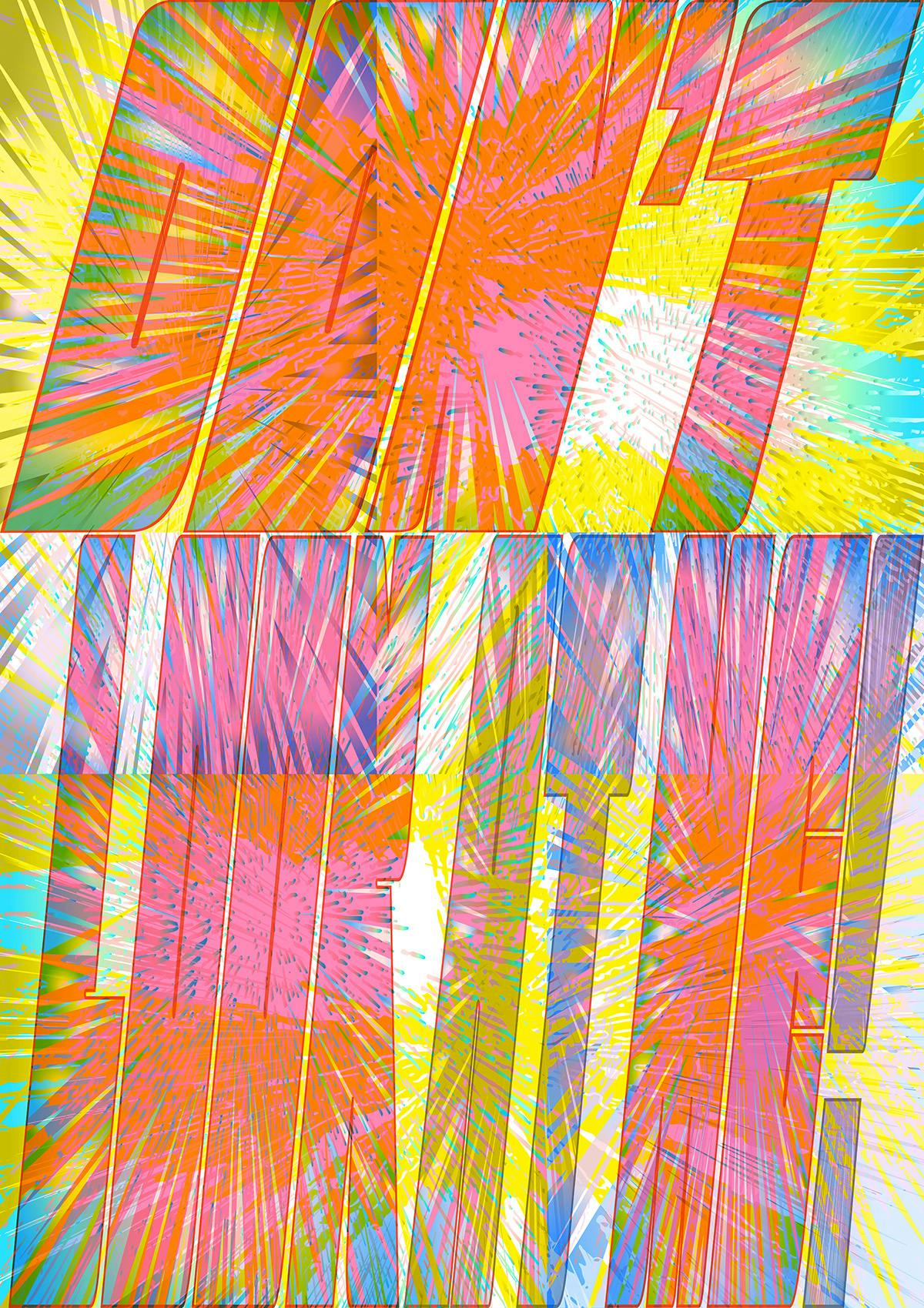Gradwatch 2019: Graphic designer Suzy Chan, London College of Communication
Graphic designer Suzy Chan is one of ten creatives we’ve selected to feature in our annual Gradwatch showcase, where we put the spotlight on the art and design grads we feel are producing outstanding creative work
Before Suzy Chan came to study graphic design at the London College of Communication, she’d been studying at Guangzhou Academy of Fine Arts for two years. However when she realised she didn’t enjoy the commercial focus placed on her education, she upped sticks and headed for the UK’s capital to adopt a more student-led approach at LCC.
Despite only just graduating, Chan has an impressive portfolio of work which sees graphic design as a “public platform, not only for utilitarian communication, but also for authorship and self-expression”. On first glance, Chan’s work is a technicolour treat packed with nods to Chinese and Japanese culture, Western iconography and the wonderful garishness of internet art.
Chan’s trippy, funfair aesthetic is bewitching, but there’s often a much deeper undercurrent to her projects, which is what sets her apart. She knows her work grabs attention and uses this to pick apart social phenomena and cultural issues, whether it’s the levels of plastic in the ocean or the gambling industry in Macau, China. We spoke with Chan to get her thoughts on the role of graphic design and her hopes for the future.

Creative Review: Do you think it’s important to have your own style?
Suzy Chan: I once asked my tutor Alexander Cooper when I was in second year: “Do I need to find my own style?” I was doing my Mutant Fruit project. It was a turning point in my studies, I was filled with confusion and questions about the purpose of design away from clients wanting to promote products – I was worried that I’d fail as a graduate if I didn’t have my own style.
My tutor said to me: “You don’t need to worry about style, just be yourself and express yourself through projects. All of your work will finally address who you are.” Another tutor, Chris May, told me something similar: “Your time in college is the best time to build up your personal archive, the more you build, the more you will benefit from it in the future.” So I started to relax, and respect myself more, leave my worries behind, and focus on my ideas and the way to convey them.

CR: How prepared do you feel for the world of work? Will it a big adjustment?
SC: I did lots of commercial projects commissioned by clients in China before I went to study in London, and I also did some collaborations in London. So I got experience in so-called commercial jobs very early on. The last three years I’ve had in London were devoted to self-expression due to not having much of a personal archive.
For me, there is always a big adjustment between work and study, but this adjustment is not to fit yourself into existing frames in the world of work, but rather it is to build up a system for you to study after leaving college; it is to create your own way to communicate with your partners and clients; solve problems of design, and gain a balance in this complex life. For me right now, everything is in transition. I’m ready, I have a calm attitude towards the future, not too pessimistic, nor too positive.

CR: What would your dream project be?
SC: I witnessed the protest in Hong Kong on August 3, I experienced the violent and hate-filled event as an outsider. Since then, I keep asking myself, is the graphic design I’m doing really making this world better? I don’t know what my dream project is yet, but this question might shape my career.
CR: What was the most important thing you learned while at university?
SC: Respect yourself enough. Know how and when to seize the opportunity, and say no.

CR: Tell us a bit more about the project Casino City? Where did the idea come from?
SC: As the main economic income of Macau, the gambling industry has already surpassed Las Vegas in the US by seven times. The development of this industry has brought huge profits and disadvantages.
My design was to inspire local residents to communicate with the government through a series of prints. They are made to push the government balance between development and sustainability. I designed advertisements of Macau casinos based on traditional Chinese rituals, to make people ‘memorise’ the ‘dead city’ by the way of sacrifice (scattering fake money, and burning, etc.), through which the information of protest will be carried to every corner of the city.

Living in the UK for the last three years meant I was in a completely different culture. I have done a lot of English language design, but for the last project in college, I wanted to be connected with my culture. I wanted the audience to be people in my hometown, who can recognise this type of logo design.
CR: What’s the best piece of advice you’ve been given and by who?
SC: Choose the hard way, from myself.

























